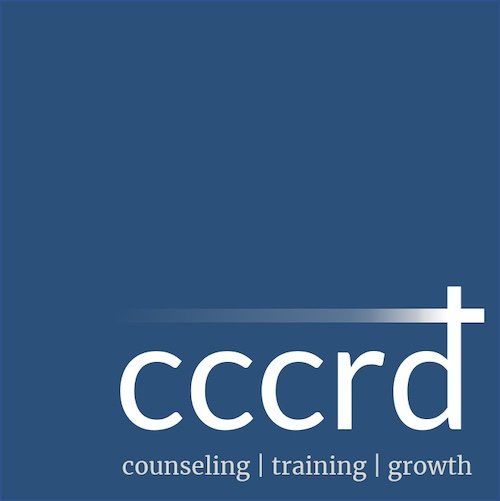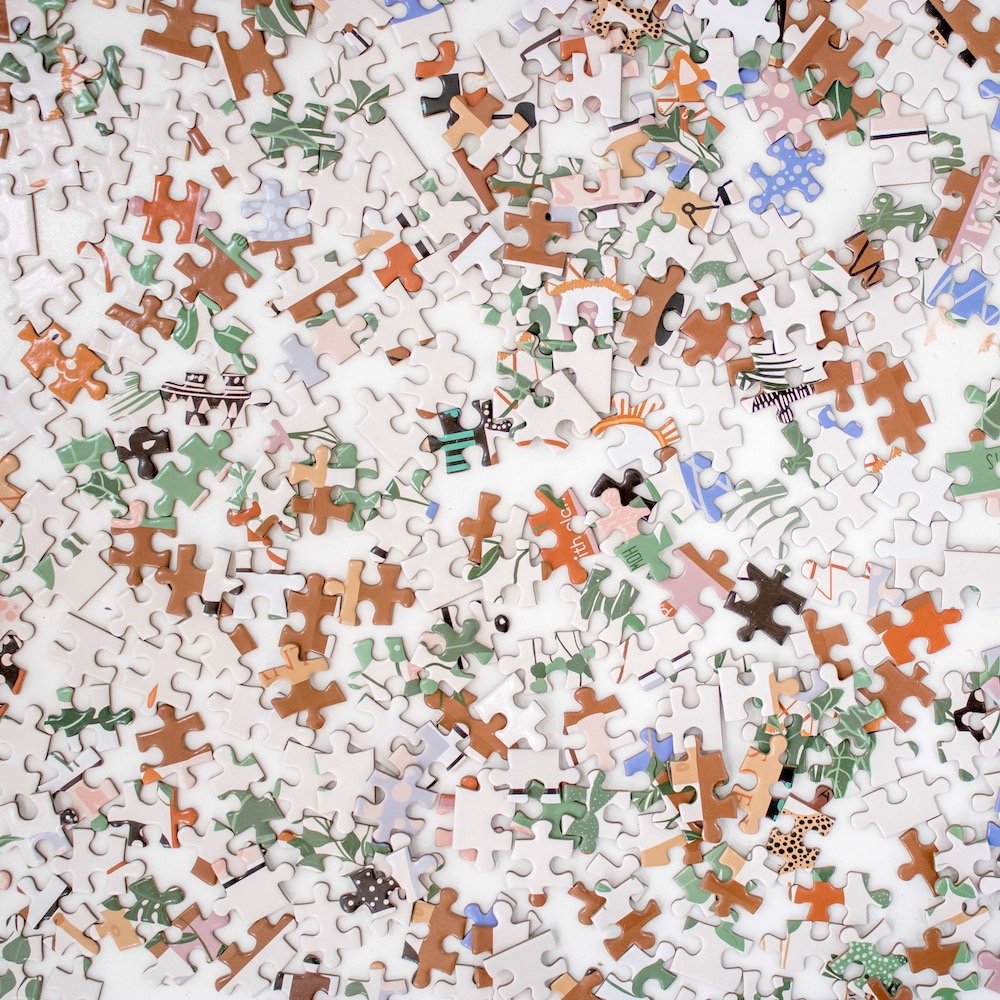What Is Disorganized Attachment?
Do you have a hard time developing trust in relationships? Have you had the nagging feeling that it won’t work out before it’s even begun? Do you struggle with wanting to be close to others yet end up pushing those you love most away? Do you believe you aren’t worthy of or can’t maintain a healthy relationship? Do you know what a healthy relationship is supposed to look like?
As we wrap up this series on attachment styles, we end by looking at the least common but most destructive attachment style: disorganized attachment.
Disorganization and Trauma
Folks with this type of attachment are typically products of abusive households, whether they suffered from physical, sexual, or emotional abuse. The reason this is the case is due to the way trauma and abuse change the psychology of a person.
Attachment Theory and Caregivers
As we have already learned, because infants and children are entirely dependent on others for survival, their primary care provider becomes their source of having both physiological and emotional needs met. The ability of the primary care provider to meet those needs sets the tone for how the child will grow up and view others in relationship.
In children with secure attachment, caregivers successfully met their needs (most of the time), and the child developed a sense of safety and trust in their caregiver. This then creates a positive view of self and others, leading to primarily healthy and successful relationships in adulthood.
In households where the infant or child is abused or neglected, the messaging becomes very different—the primary caregiver becomes a source of fear. This creates a lot of turmoil for the child as they battle this fear with the innate understanding that the object of fear should be an object of safety.
Our View of Self and Others
You may remember that anxiously attached people tend to have a low view of self and a high view of others, and people with an avoidant attachment are the opposite—a high view of self and a low view of others. Disorganized attachment shows a mix of these styles, having a low view of self and a low view of others. There lies a tension between wanting close, intimate relationships and holding the belief that they will ultimately be rejected. Relationships are unpredictable to people with disorganized attachments and inevitably end in hurt and betrayal.
Disorganized Attachment in Adulthood
In adulthood, symptoms of disorganized attachment look like the following:
Feeling unlovable, or a general lack of positive view of self
Struggles opening up to others
Vigilance in relationship—always looking out for signs of potential betrayal
Distrusting others’ attempts to show affection or love
A deep-seated desire for closeness and intimacy
As one can imagine, having this type of attachment style is very painful. We see a person who truly desires closeness in a relationship, but feels undeserving and unable to attain it.
Because this type of person has a low view of self and others, their core fear of rejection, unfortunately, tends to come true. This can be due to a few things, one being the “self-fulfilling prophecy.” The person believes they are unlovable, and others will eventually leave or reject them, thereby unconsciously causing them to behave in ways that bring about the end of the relationship. Another avenue to the self-fulfilling prophecy lies in the people these folks tend to attract, namely abusive and unhealthy partners.
Hope to Heal From Disorganized Attachment
Like with other forms of unhealthy attachment, there is always hope to change. At the core of things, the person with disorganized attachment must learn to have a healthy view of self and a healthy view of and trust in others. More so than with the other insecure attachment styles, this person would benefit from therapy to work through past traumas and gain insight into their view of self and others.
Disorganized attachment can also be healed through the experience of healthy relationships with securely attached people, through self-reflection in the form of prayer and journaling, and through other means of developing a healthy view of self and others.
A Deeper Look Within
All of us, whether we find ourselves on the secure or disorganized sides of attachment or somewhere in between, can benefit from taking a deeper look within. By challenging our beliefs about ourselves and others, we can work to create even healthier and more secure attachments.

